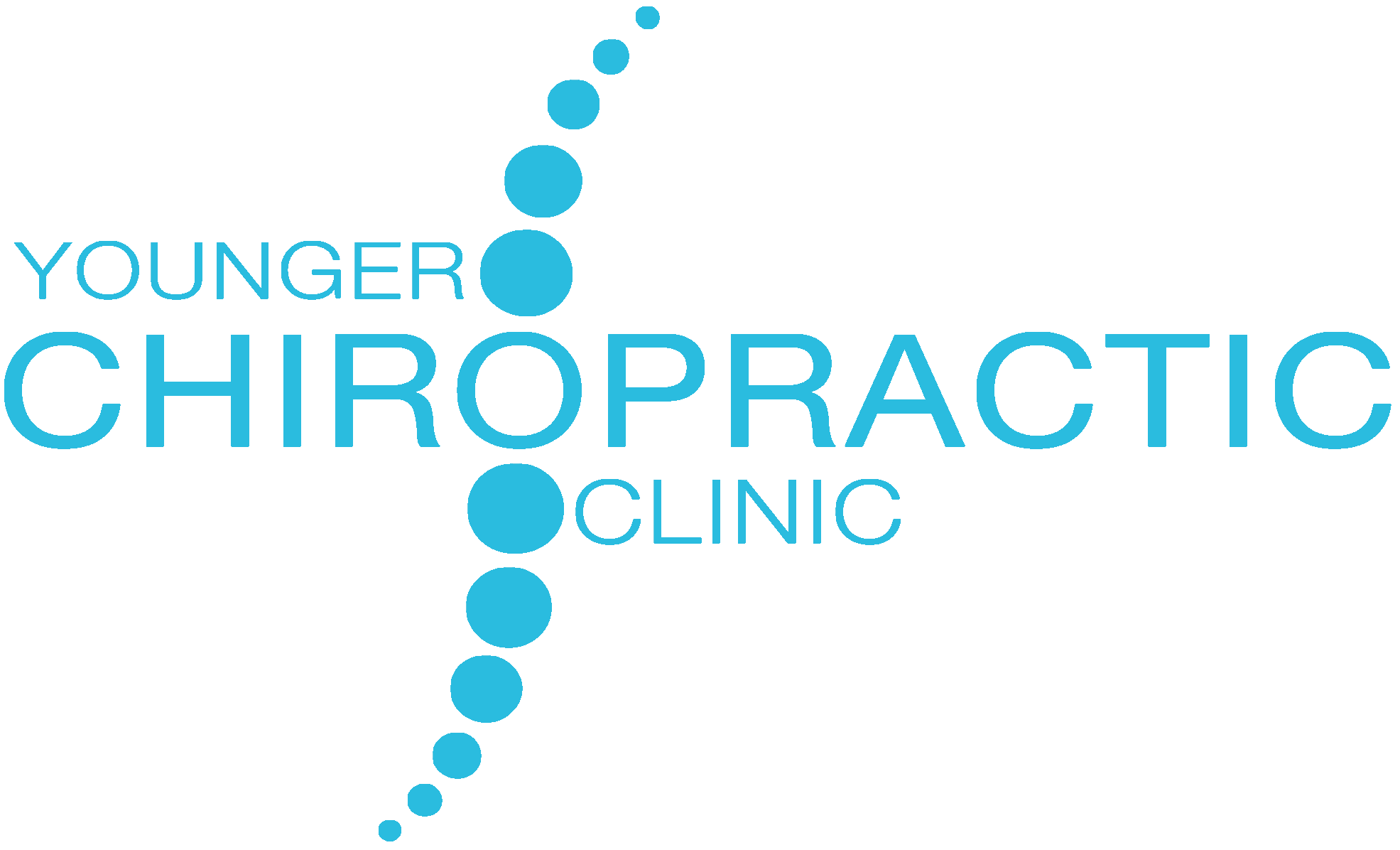 A recent study shows yet again that PTSD after mild auto injuries is anything but “minor.” The study, published in the Journal of Rheumatology, shows patients with post-traumatic stress disorders are twice as likely to have a poorer quality of life compared to those without the condition.
A recent study shows yet again that PTSD after mild auto injuries is anything but “minor.” The study, published in the Journal of Rheumatology, shows patients with post-traumatic stress disorders are twice as likely to have a poorer quality of life compared to those without the condition.
While a host of studies have linked whiplash plus PTSD with chronic symptoms, few have analyzed whether these same linkages exist for patients with other mild auto injuries.
Prior to adjusting for sociodemographic characteristics, their results showed that 56% of whiplash patients reported non-recovery one year after the car accident, compared to 43% of patients with other mild injuries. Whiplash patients were also more likely to report that their symptoms negatively impacted their occupational status (31% versus 23%). These differences were not considered significant however after adjusting for sociodemographic characteristics like gender, family, age, and education level.
What did hold true even after adjusting for these factors was the effect that PTSD had on chronic pain. Patients with PTSD, regardless of injury type, had a two-fold increased risk of poor quality of life and residual pain 12 months after the car accident.
These findings demonstrate that identifying and addressing PTSD in auto-injury patients is vital for preventing persistent pain and negative health outcomes.
Finding healthcare providers sensitive to both the psychological and physical needs of patients with auto injuries is imperative for relief. Many chiropractors are trained in holistic healing, and can support patients in connecting with effective mental healthcare providers, while working to achieve relief from physical symptoms through natural treatments.
Reference
Hours M, et al. One year after mild injury: comparison of health status and quality of life between patients with whiplash versus other injuries. Journal of Rheumatology 2013. 10.3899/jrheum.130406
